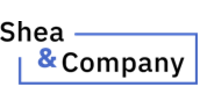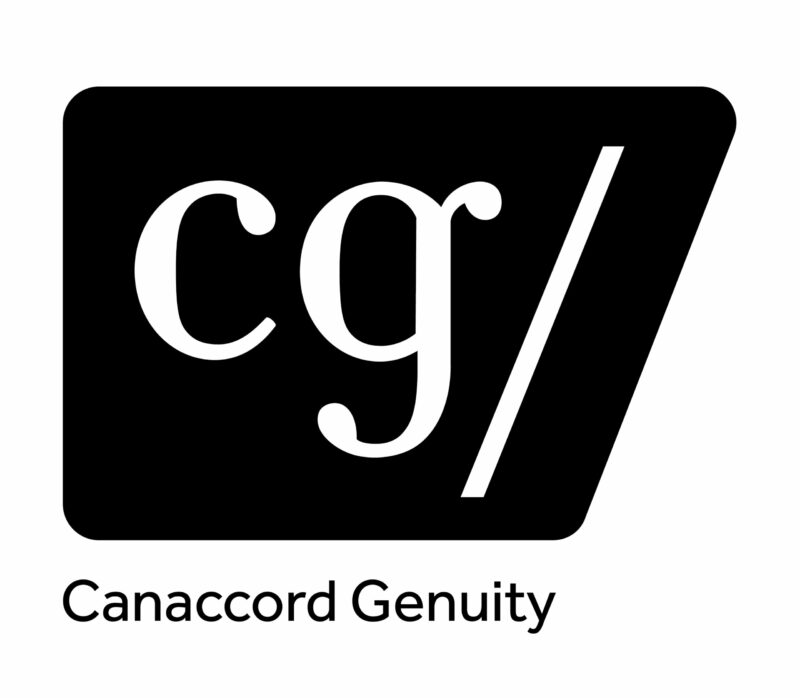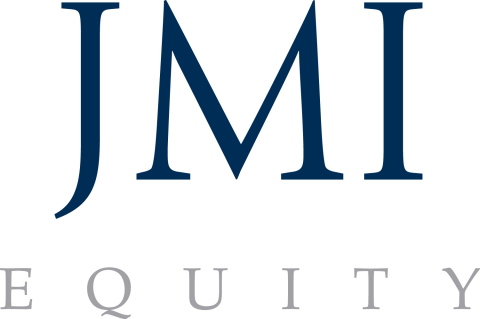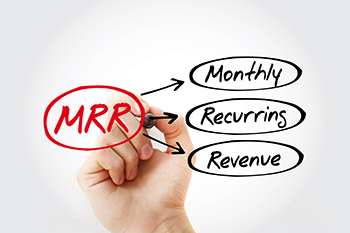Deferred Revenue Treatment
As software subscriptions are typically paid up-front in advance, SaaS targets often have significant amounts of deferred revenue (i.e., cash collected by the Seller for services yet to be performed). Given most transactions are executed on a cash-free and debt-free basis, the Seller often walks away with customers’ cash and leaves the Buyer with a post-transaction service obligation. As such, the treatment of deferred revenue can lead to a material impact on the parties in a transaction.
Below are the three most common deferred revenue treatment options that we see
- Most buyer friendly option
Deferred revenue is excluded from the calculation of net working capital and instead treated as debt in the transaction funds flow. This option pays the Buyer 100% of any pre-transaction deferred revenue. We see option #1 the least, as it is very Buyer-friendly. However, there is a reasonable argument to treat all long-term deferred revenue as debt in the purchase agreement, as long-term obligations are always excluded from the calculation of net working capital.
It is important to note that deferred revenue represents cash collected for services not yet rendered; accordingly, if any deferred revenue on the balance sheet has not yet been collected (i.e., remains in accounts receivable), deferred revenue should be “netted down” by that amount.
- Most seller friendly option
Deferred revenue is included in the net working capital mechanism, both in the calculation of the peg and in the calculation of closing net working capital. While this approach is simple and straightforward, it is typically the least Buyer-friendly in a cash-free debt-free deal as it does not compensate the Buyer for the cost to service subscription customers post-transaction. However, potential Buyers should note that if the target’s historical deferred revenue balance has grown significantly in the preceding year, the mechanics of the working capital calculation can sometimes make this option more buyer friendly.
- Middle of the road option
Deferred revenue is excluded from the net working capital mechanism and the Sellers leave sufficient cash to service post-transaction customer obligations. Under this scenario, the Buyer and Seller negotiate the “cost to serve,” often calculated as the inverse of historical SaaS margins (1 minus historical recurring gross margin percentage). As a result, enough cash is left in the business to fulfill pre-transaction customer contracts until the next invoice renewal date. Option #3 is currently the most common treatment in our client’s deals.
The treatment of long-term and short-term deferred revenue is a highly-negotiated item in SaaS M&A transactions. The Transaction Advisory team at ML&R is experienced and well-equipped to help you in your deferred revenue negotiations. Request a redacted report today to see the ML&R difference.








































